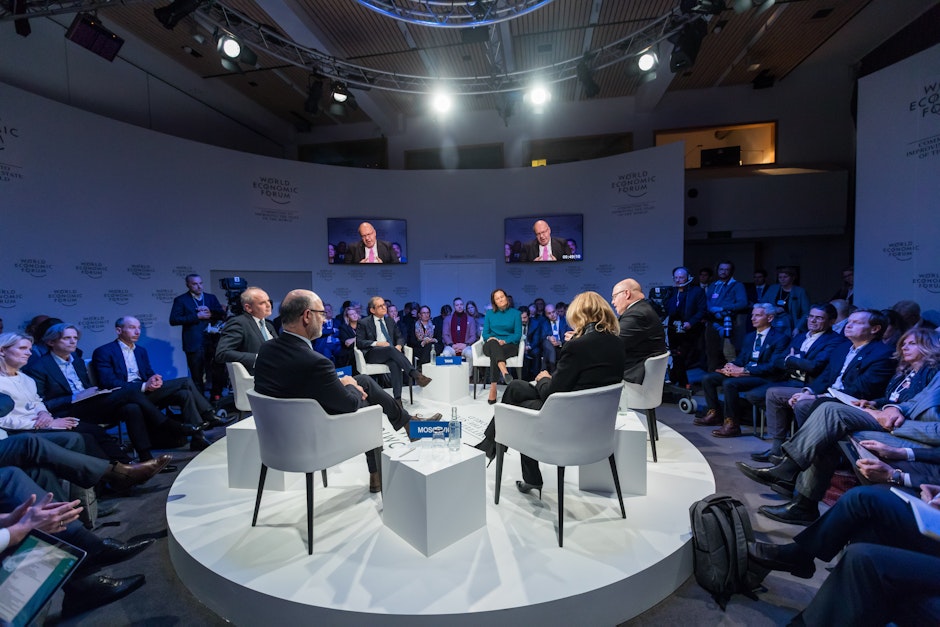Three golden rules for designing a hybrid experience
As we close out the first half of 2021, it’s clear that the road to recovery is not a straight line, and it can look very different depending on where you live around the world

Coined as 2021’s answer to ‘pivot’ and ‘new normal,’ ‘hybrid’ is the pandemic’s latest buzzword. But it’s not just a catchphrase, it’s becoming a legitimate trend. However, very few have embarked on the journey yet and created a truly remarkable hybrid brand experience.
During the pandemic, brands learned pretty quickly that they could reach vast audiences when their content was available virtually. And while we’ve learned that the connections and emotions at a live experience are irreplaceable, most brands see a place for both in the future. So now that hybrid is everywhere, it’s not going anywhere.
We recently created a regional hybrid experience for a large financial institution connecting three distinct audiences like never before. Not only did we deliver bespoke physical experiences for customers in Hong Kong and Singapore concurrently, but we also created a customized virtual experience for clients across Asia-Pacific who were unable to attend in person.
Critical to this experience was the ability to be live and virtual all at once – without prioritizing or limiting one audience’s experience. Most live experiences will continue to have a hybrid element, such as a livestream however, just streaming content from a live, in-person event to a remote audience doesn’t make it an effective hybrid experience. We cannot simply expect what entertains us in the room to entertain us on the screen, and vice versa. Actual hybrid events are customized for the channel they use and personalized to the audiences they address.
Hybrid is the future of brand experience, and it needs to look and feel different than live, mainly because it is. The truth is that to date, very few brands have managed to pull off a real, effective hybrid event, but before you know it, it will be commonplace. So, what guiding principles do you need to incorporate when creating one? We have identified three:
- Content is king. Content rules the virtual and hybrid landscape. How it’s delivered, where it’s delivered, and in what format are crucial to building effective audience journeys. Audiences take in information in different ways, so content audits and the use of multiple platforms for delivery will ensure engagement.
- Experience design is as crucial as ever. Brands must create experiences that ensure every participant, regardless of location or environment, has a unique and equally engaging experience. Designing for digital and IRL require very different approaches and meet very different needs. Embrace a campaign mindset. Design the experience like a campaign that reaches multiple, diverse audiences.
- Strategy before platform. Platforms will remain a hot topic. Brands often ask what platform they should use before deciding what the experience journey is. It should be the opposite approach. Once you align on audience objectives, KPIs and content, that will determine the best platform to reach your goals and audience. It’s not a one-size-fits-all. And a platform can’t stand on its own either. It needs to be coupled with the experience design and execution chops to result in a standout virtual experience.
For our recent hybrid experience, both in-person audiences in Singapore and Hong Kong benefitted from a single agenda, hearing from leading global experts live, in front them, and via live broadcast from the other city. Despite a common theme, the experience was unique to each city.
And the virtual audience was not left out. In addition to watching the livestreamed event, they enjoyed an intimate VIP breakout session with the keynote speakers – exclusively for those tuning in remotely.
The experience landscape has changed. The demand for live might be back, but the need for virtual remains high. Not everyone can attend an event in person, and the pandemic has taught us that they shouldn’t be left out if they can’t. That’s a potential customer, employee, stakeholder to reach and engage. Through truly hybrid events, we can cater uniquely to both live and virtual audiences and give them different but equally stellar experiences.
Souad Saied is VP, director of sales and marketing at Jack Morton.

